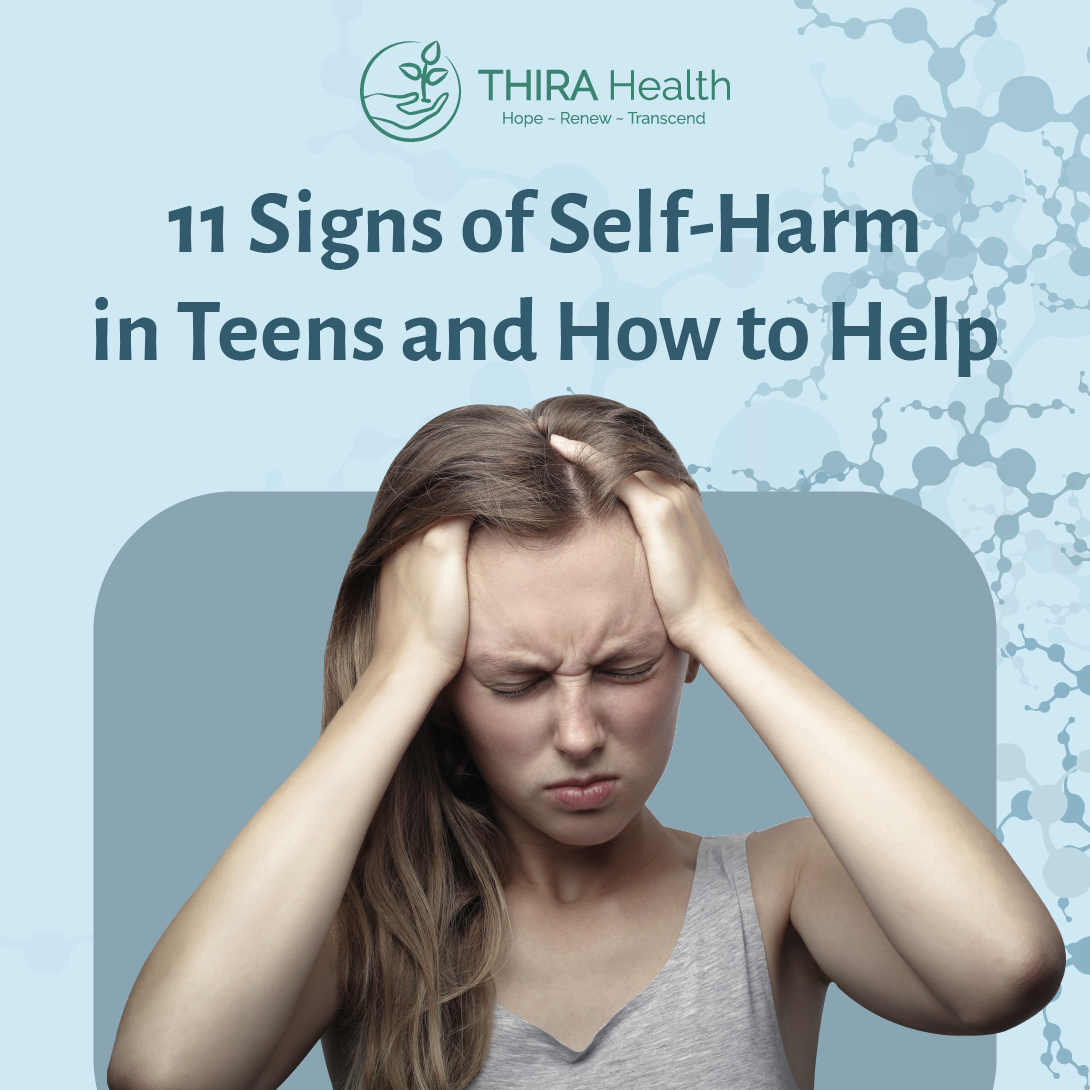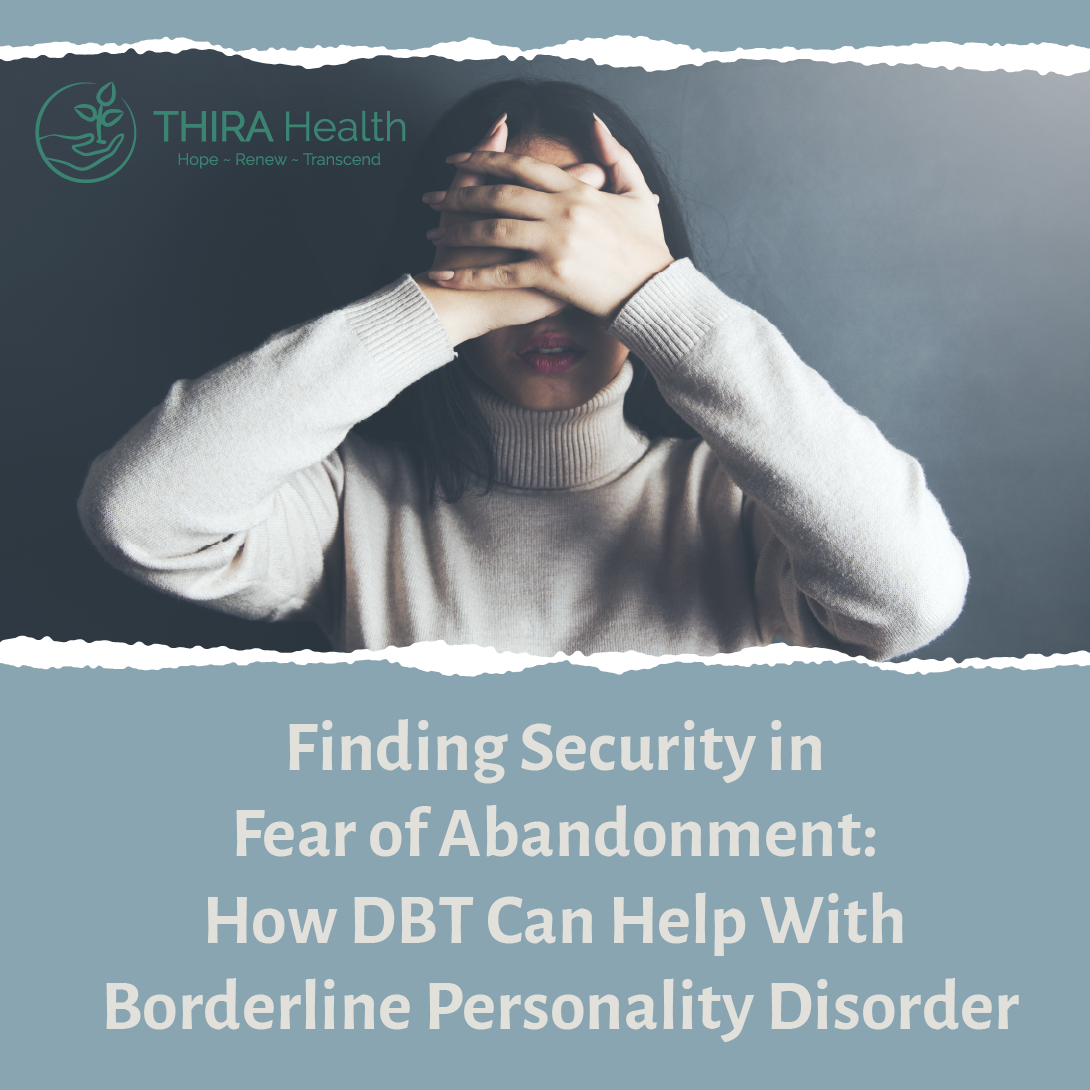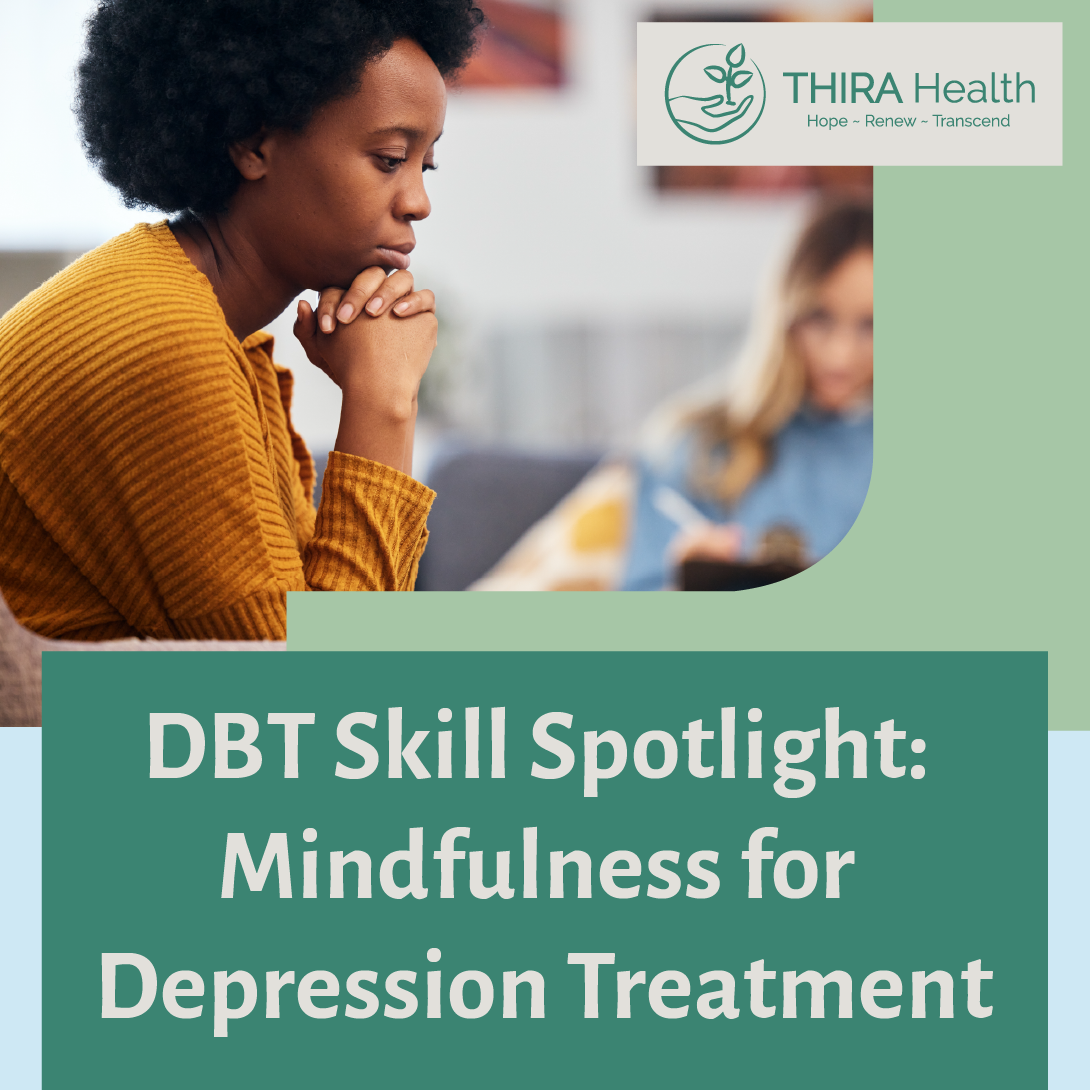The arrival of National Suicide Prevention Month (September) stirs up a plethora of emotions for those in the community, both from survivors of suicide attempts, their families, loved ones, mental health treatment providers, and others . In addition to the devastating loss experienced by the families and loved ones of those who die by suicide, those affected are often left grief-stricken, with a greater risk of mental illness and suicide themselves.
In an effort to increase awareness and make good on the memory of those fallen, throughout the month you will likely be reminded of the country’s current battle to help those struggling with suicidal behaviors make different choices. You may be reminded that suicide is the 10th leading cause of death in the U.S. and even greater in some particular demographics, or that in 2017 there were an estimated 1.4 million suicide attempts. You may learn that just in the state of Washington alone, it is estimated that one person dies by suicide every 7 hours, which is up 18.8% in the seven years preceding 2016. Suicide is perhaps one of the most tragic conclusions to any person’s story, no matter the heartache that was written on the pages.
The Connection Between Suicide and Mental Health
In many ways, mental health and suicide appear to go hand in hand. Although, it’s true that not everyone who has attempted suicide is also battling a mental illness, and not all who have been diagnosed with mental disorders are contemplating suicide. Of those Americans who lost their lives in a suicide attempt, 46% had a known mental health condition. Other factors cited as contributing to one’s decision making include relationship problems (42%), substance misuse (28%), personal crises (29%), medical or physical health (22%), and problems at work, with the legal system, or housing (16%, 9%, 4%, respectively).
Among the specific mental health diagnoses that leave an individual more likely to exhibit suicidal ideation and self-injurious behaviors, perhaps none is as recognized as Borderline Personality Disorder (BPD). Estimates indicate that as many as 80 percent of people with BPD engage in suicidal behaviors, with about 4 to 9 percent dying by suicide.
Individuals with this diagnosis have often been characterized as difficult and dysregulated, operating at emotional extremes, and resistant to treatment. However, in more recent years, Dialectical Behavior Therapy (DBT) has been shown to help individuals with BPD to not only reduce suicidal behaviors and cut attempts in half, but also to reduce emergency room visits and patient dropout in treatment trials.
In this way, DBT’s storied past was inextricably linked with its use in helping chronically suicidal individuals to overcome their urges and move forward towards a brighter tomorrow. Understandably so, we at THIRA health believe in the power of DBT, and we seek to empower our clients with its message and skillset.
How DBT Works for Survivors
Dialectical Behavior Therapy has its roots in cognitive-behavioral therapy, with two key characteristics that set it apart: (1) a behavioral, or problem-solving focus, and (2) an emphasis on changing emotional processes and thought patterns associated with everyday problems in living. There are five key components of DBT, which include:
- Skills training
- Developing motivation for change (ie. Motivational Enhancement)
- Generalizing treatment to everyday life
- Existing within a structured environment
- Providing support for the treatment team
For those who have past attempts, DBT emphasizes creating and practicing behavioral change, learning problem-solving, and skills in emotion regulation. In providing empathetic validation, modeling mindfulness, and sharing their acceptance of those they aim to serve, DBT clinicians are on the front lines in the fight by helping to create lives experienced as worth living .
How DBT Works for Family Members
DBT has been shown not only to be effective in teaching survivors of suicide new methods of coping and problem-solving, some studies also point to a greater experience of peace for those in their support system. Specifically, the study demonstrated a reduction in burden, improved mental health, and well-being as it relates to the quality of their relationship with the identified patient. By offering family education and support, we hope to help our clients repair these relationships, and offer a pathway towards individual healing.
The Importance of DBT Clinicians
Daily, we are reminded of the challenging nature of our work with clients trapped in this delicate imbalance of emotion, interpersonal chaos, and lost sense of self. Especially during suicide prevention month when we remember those we have lost, and those we are working to help. In DBT founder, Dr. Marsha Linehan’s words of admonition in the dedication of her skills training manual,
“When I teach my graduate students– who work with complex, difficult-to-treat individuals at high risk for suicide– I always remind them that they can choose whether to look out for themselves or to look out for their clients, but they cannot always do both… I dedicate this book to all those who have found the courage to carry on this work at a possible cost to themselves.”
We are not immune to the challenge that we undertake in working with clients at risk for suicide. But at THIRA Health, we continue to show up for these humans, perhaps the most vulnerable among us, for we believe that the future is brighter with all of them in it. While it is important to shine a spotlight once a year on the need for greater suicide prevention, we are proud to be in the trenches of this battle day-in and day-out. We do not despair because we believe in the power of our tool, dialectical behavior therapy, to offer relief and a more hopeful way out.
—
If you or someone you know are currently experiencing suicidal thoughts or behaviors, the first step is to call the crisis hotline number at 1-800-273-8255, dial 9-1-1 or go to your local emergency room.
If you are not currently experiencing a crisis, but want to learn more about our program at THIRA Health, give us a call to partner with us to design a treatment solution that’s right for you.






